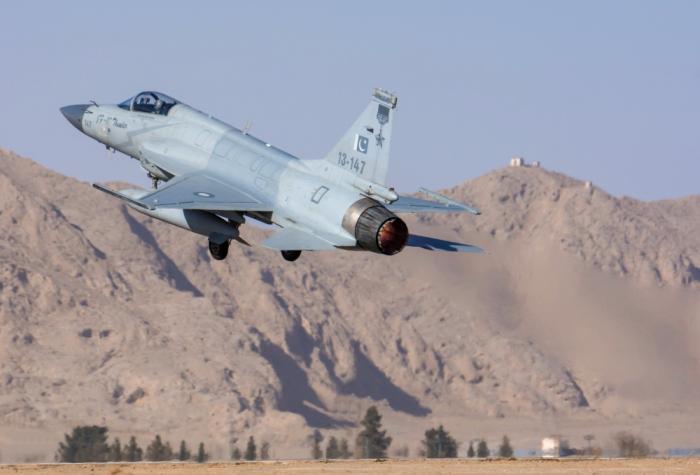- Views: 986
- Replies: 8

The JF-17 Thunder, a lightweight fighter jet developed jointly by China and Pakistan, has sparked discussions about the origins of its design. While the aircraft shares visual similarities with other jets, its development story is a bit more complex.
Initially, experts theorized that the JF-17 was heavily based on the MiG-33, a single-engine version of the Russian MiG-29 Fulcrum fighter jet. This belief arose partly because the JF-17 uses the RD-93 engine, which is related to the engines used in the MiG-29 family.
However, deeper analysis reveals another potential source of inspiration: the Romanian IAR-95 fighter. The JF-17 possesses noticeable similarities with the IAR-95, particularly in the design of its tail section and wing extensions.
The most plausible explanation is that the JF-17's design merges elements from both the MiG-33 and the IAR-95. Chinese engineers may have started with the MiG-33 design as a base and then selectively incorporated features from the IAR-95 to improve the aircraft's performance.
The JF-17's development highlights the fact that China and Pakistan were seeking a cost-effective and lightweight fighter aircraft. Drawing from existing design concepts would have been a logical path. This program also underscores the global nature of modern aircraft design. While it's common to take inspiration from earlier models, the end result can be a unique aircraft with its own distinct set of capabilities.
